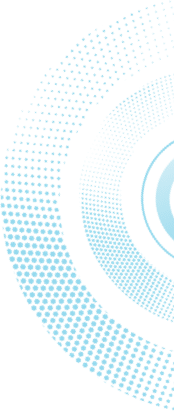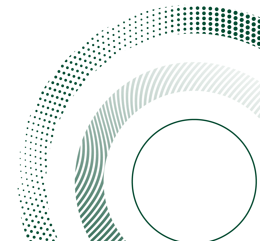Tunable Architecture of Defect Lines in Liquid Crystals
Topological defects play a key role in many physical processes, from the fracture of materials to the formation of the early universe. Achieving versatile control over the formation, connectivity and shape of defect lines is key to developing novel electro-optical devices, programmable origami, directed colloidal assembly, and controlling active matter. In this work, we study disclination lines in a nematic liquid crystal placed between two thinly spaced patterned plates with planar anchoring. Through a mathematical analogy to magnetostatics, we produce quantitative predictions for the connectivity and shape of these disclination lines. We study the inverse problem, showing how to pattern the side plates to accurately realize arbitrary desired paths of disclination lines. We further investigate the dependence of disclination paths on system parameters such as temperature, or the relative rotation or translation between the boundary plates. We show that it is possible to inverse-design a single surface pattern to induce a desirable homotopy of disclination paths, namely a continuous set of curves through which one browses by changing, e.g., the temperature. We discuss conditions for the stability of these solutions and study the role of topological point-defects in the surface patterns. We demonstrate useful applications of our work for making responsive disclination-based designs, dials, and switches.
תאריך עדכון אחרון : 21/01/2025



